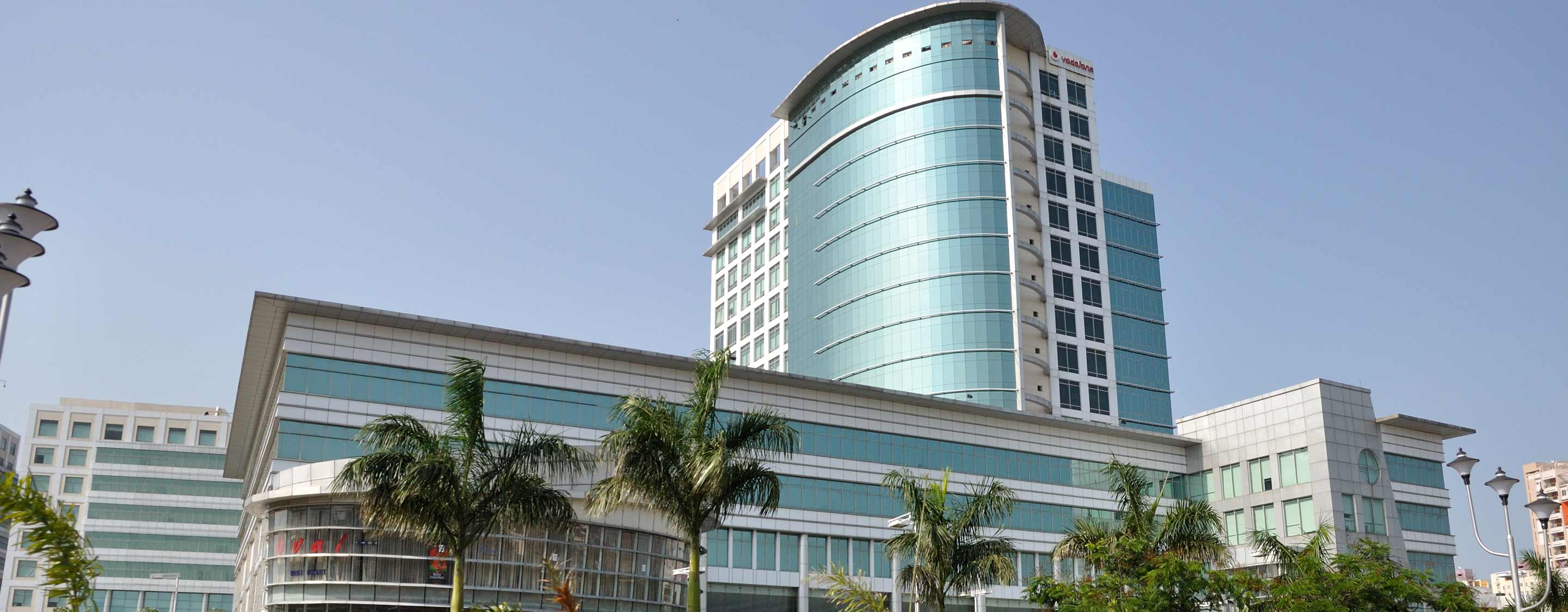Only 152 out of 392 notified SEZs are operational. Developers did not even undertake any investment on the SEZ land allotted to them for 2 to 7 years.
A Special Economic Zone (SEZ) is an area notified to promote economic activities by attracting Foreign Direct Investments (FDI) and domestic companies to set up their business to create jobs and to increase trade. Companies who set -up their business in a SEZ get some incentives from the government such as tax benefits, duty-free imports, single window clearances from Centre and State governments, etc.
Unfortunately, the land allotted for SEZs is unused, underused and often misused. According to a 2014 Comptroller Auditor General on Performance of Special Economic Zones (SEZ) Report, only 152 out of 392 notified SEZs are operational. Developers did not even undertake any investment on the SEZ land allotted to them for 2 to 7 years.
In West Bengal, for instance, around 96 percent of SEZ land is lying vacant. In Andhra Pradesh, a company that did not use 1,036 hectares allotted to them in 2002 was further allotted 1014 hectares in 2012! In many cases, the SEZ land remains underutilised by companies to whom they are allotted. In May 2009, Adani ports acquired 6,428 hectares of SEZ land, out of which the company utilises only 13% of land.
In six states, 14 percent of allotted SEZ land was being misused by developers for ‘other commercial purposes’ going against the SEZ Act. Imagine, the land misused in just these states is the size of around 4300 cricket fields – 5402 hectares.
Read More. Public Land: Untold Story About its Misuse!
There are instances where companies even raised loans on SEZ land that they didn’t use. Three developers acquired SEZ land on lease, kept them unused and took loans up to ₹ 2,211.48 crore against the mortgage of lease-hold SEZ land.
SEZ land allotments have not been without controversy, dipping into restricted land – defense, forests and green land. Around 30 hectares of defense land was allotted to SEZ in Andhra Pradesh. In West Bengal, around 60% of the SEZ notified area was in restricted forest land. In Maharashtra, a 10-hectare SEZ land was completely in green zone.
It is disappointing to see how our governments and bureaucracy have failed to manage SEZs efficiently. Meant to create jobs, new products and services to benefit people and the economy, SEZs are regrettably being misused, not serving their intended objectives.
By freeing these huge tracts of land from the control of government and cronies, can we see it being used for more productive purposes? Can this help reduce the artificial scarcity of land in the country? Can Dhan Vapasi be the solution to ensure that the true stakeholders – citizens of India – benefit?

